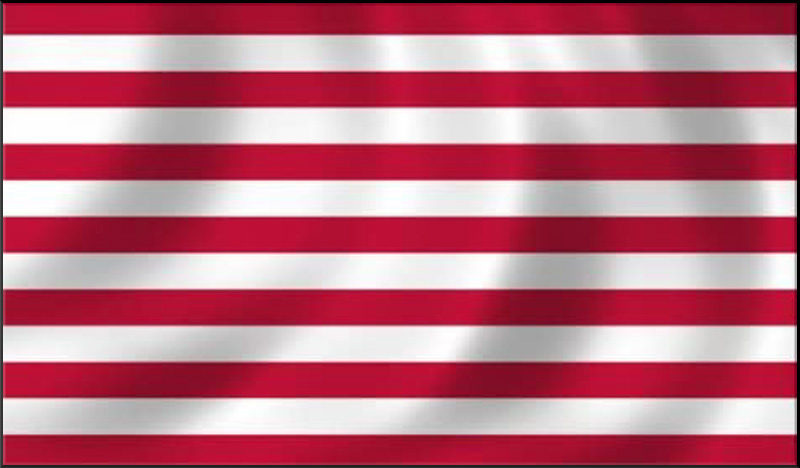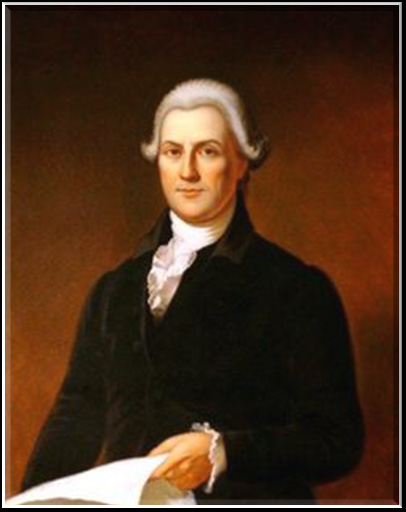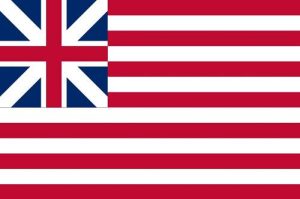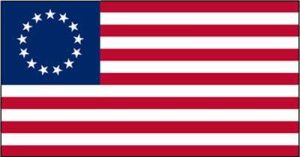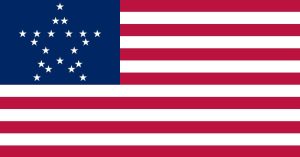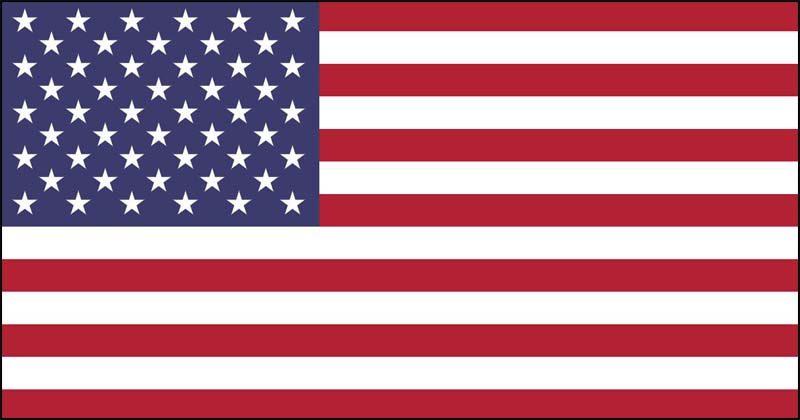Choose A Revolutionary War Topic
FALL 1765 - May 1775 : Events Leading to Revolutionary War
The Connecticut Colony and residents of Norwich heartily supported the belief of independence from Britain subjugation in the 1700s. The participation of the revolt in Norwich included many residents, civic leaders, the local militia and civilian enterprises.
The Revolutionary War took place from 1775 to 1783, a period of more than eight years. However, many events in the prior ten years occurred which fueled the American colonist’s frustrations and ultimately led to war. In 1765 the British Parliament passed the Stamp Act which imposed a direct tax on the colonies. The legislation was designed to force American colonists to help pay Britain’s war debt incurred during the 1754-1763 French and Indian War.
The wretched legislation was loathed by American colonists. They immediately protested and a secret organization called the Sons of Liberty, originally formed by Samuel Adams, was borne. In 1765, the organization’s initial goal was to protest and resist the dreaded taxes. However, after the Stamp Act was repealed in 1766, the focus of the group soon changed to the idea of independence of the united colonies from Britain subjugation.
Major John Durkee was a very active, influential member of the organization. He was a seasoned, courageous military officer who had served in the French and Indian War.
Jared Ingersoll, of New Haven, had been appointed by the Connecticut General Assembly to be the tax collector in Connecticut. In vigorous protest, on August 21, 1765, Ingersoll was hanged and burned in effigy in Norwich. A month later, the citizens of New Haven requested that he resign. However, he refused to do so.
Shortly thereafter, Major Durkee led a group of more than 1000 protesters, mostly from Norwich and New London, to confront Ingersoll. The group, later called “Durkee’s Irregulars”, caught up with Ingersoll in an area south of Wethersfield.
After several hours of “negotiation” with Major Durkee, Ingersoll resigned, saying, “This cause is not worth dying for.” At which point Durkee compelled Ingersoll to shout “Liberty and Property” three times before the crowd. Three Huzza!’s were given, and the whole company immediately dispersed without the least disturbance.
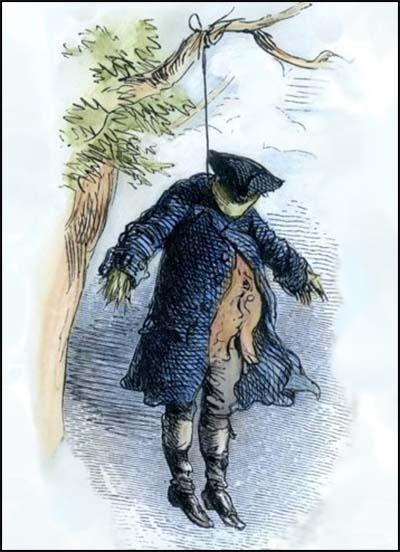
Hung in Effigy
From that day forward, Major John Durkee bore the nickname “Bold Bean Hiller”.
When the Stamp Act went into effect a few weeks later on November 1, 1765, there were neither stamps or a stamp master in Connecticut. Major John Durkee played an important role in protecting the rights of colonists throughout all Connecticut.
Jabez Huntington represented Norwich in the Connecticut General Assembly for several years. In early 1765, the Connecticut Colonial Governor presented the terms of the proposed British Stamp Act to his council. When he suggested that the council members should take an oath which would require the implementation of that obnoxious measure, Jabez Huntington and a majority of the council refused and indignantly left the chamber.
Though he could not foresee that a war would greatly endanger his shipping business, and perhaps lead to the utter ruin of his fortunes, not for a moment would Huntington allow his interests to interfere with his patriotism.
In 1775, there were several local advisory committees throughout the thirteen colonies that became a shadow government that took control of the thirteen colonies away from royal officials in Britain. In Connecticut, there was a Committee of Correspondence, a Committee of Inspection, and a Committee of Safety. Several men from Norwich were members of these committees.
In 1775, Jabez Huntington was one of the most active members of Governor Jonathan Trumbull’s Committee of Safety. Another of his relatives, Benjamin Huntington, was also on the Committee of Safety. Jabez Huntington’s son, Joshua Huntington, was a member of the Committee of Correspondence.
Connecticut Committee of Safety
The Connecticut Committee of Safety took the form of an advisory council to assist the Governor in military matters. This colony alone of the thirteen was able to pass the crisis of the Revolution without any alteration in government, and the rebel Governor, Jonathan Trumbull, remained throughout the war its executive head.
It belonged to his position to raise and command the militia and to see that the men were properly armed and equipped. To aid and advise him in this work nine men were chosen by the Assembly in its May session, 1775. They were “to assist the Governor when the Assembly was not in session, to direct the marches and stations of the soldiers enlisted for the defense of the colony, or any part of them as they should judge proper, and supply with every matter and thing that should be needful for the defense of the colony.”
Source : “Provincial Committee of Safety”, 1909, by Agnes Hunt
FIRST CONTINENTAL CONGRESS
By September 1774 the tensions between the colonies and Britain were high. The tipping point came after the British Parliament passed a collection of Coercive Acts, known in America as the Intolerable Acts. These British laws were intended to reassert Britain’s dominance over the American colonies following the Boston Tea Party.
In response, twelve of the thirteen colonies sent delegates to meet in Philadelphia at the First Continental Congress. Connecticut’s delegates to the congress were Roger Sherman, Silas Deane and Eliphalet Dyer.
During this congress, delegates organized an economic boycott of Great Britain and petitioned the King for a redress of grievances. They endorsed the Massachusetts and Suffolk Resolves, adopted a Declaration of Rights and Grievances. The colonies were united in their effort to demonstrate to the mother country their authority by virtue of their common causes and their unity, but their ultimate objectives were not consistent.
The British Parliament discussed the demands of the colonists, however, took no official action. On November 30, 1774, King George III opened Parliament with a speech condemning Massachusetts and the Suffolk Resolves. At that point it became clear that the Continental Congress would have to convene once again.
Five months later on April 18, 1775 the Shot Heard Round the World was fired at Lexington and Concord and the Revolutionary War began.
Evolution of the American Flag
The Grand Union Flag, also referred to as the “Continental Colors”, was used by the Continental Army and Continental Navy. It is not for certain when or by whom the design was created. Americans first hoisted the flag on the Continental Navy warships Alfred, commanded by Lt. John Paul Jones in December 3, 1775.
This flag was flown by George Washington and the Continental Army throughout the war.
The Betsy Ross Flag was developed soon after the end of the Revolutionary War. It is unknown how this specific design was developed. When and where this American flag was first flown in battle has not been definitely determined by scholars.
However, legend has it that the Betsy Ross flag was first flown in battle during the Revolutionary War at the Battle of Cooch’s Bridge in 1777.
After the War of 1812 Captain Samuel Chester Reid, a native of Norwich, designed a new U.S. flag. In January 1817, Reid was asked by U.S. Congressional Representative Peter H. Wendover for advice in the design of a new flag for the United States. The existing flag design had fifteen stars and fifteen stripes. The design had not been updated to reflect the five new states which had joined the union since that version of the flag was implemented in 1795.
Reid and Wendover decided that the best way to honor all twenty states was to restore the number of stripes to the original thirteen, have twenty stars on the canton and add a new star each time a new state joined the union. Reid submitted the flag design (shown above). This flag had 20 stars, one for each state, and 13 stripes, one for each of the original 13 colonies.
